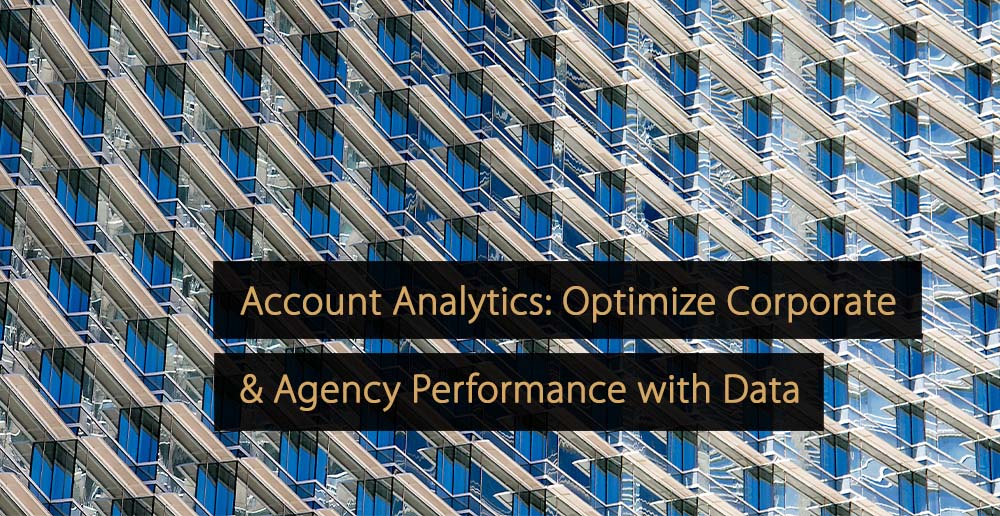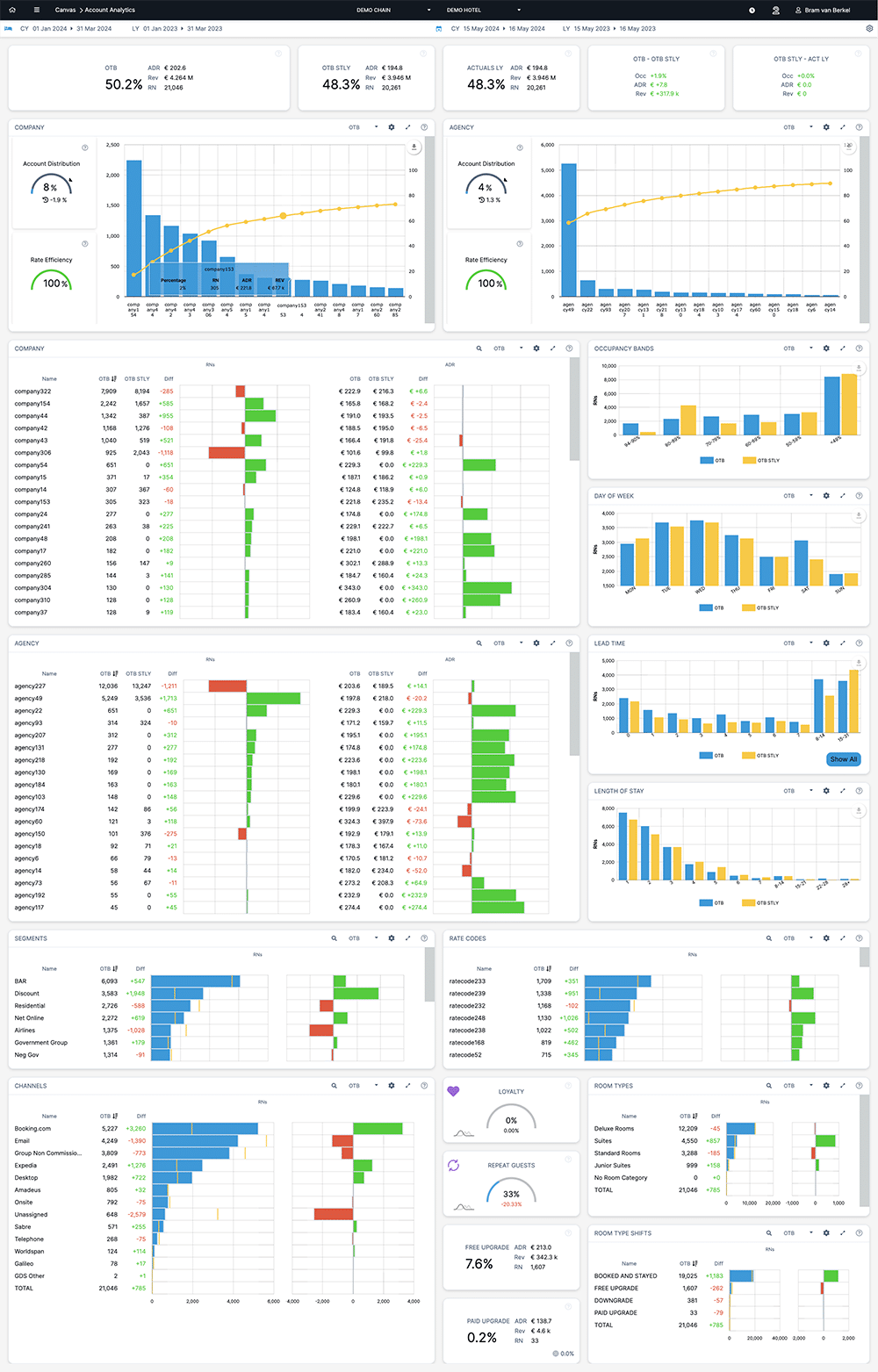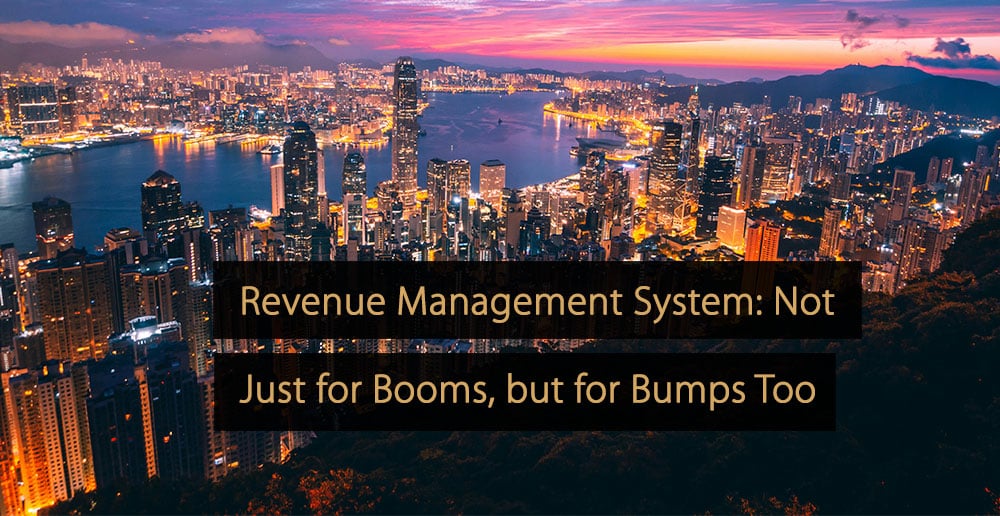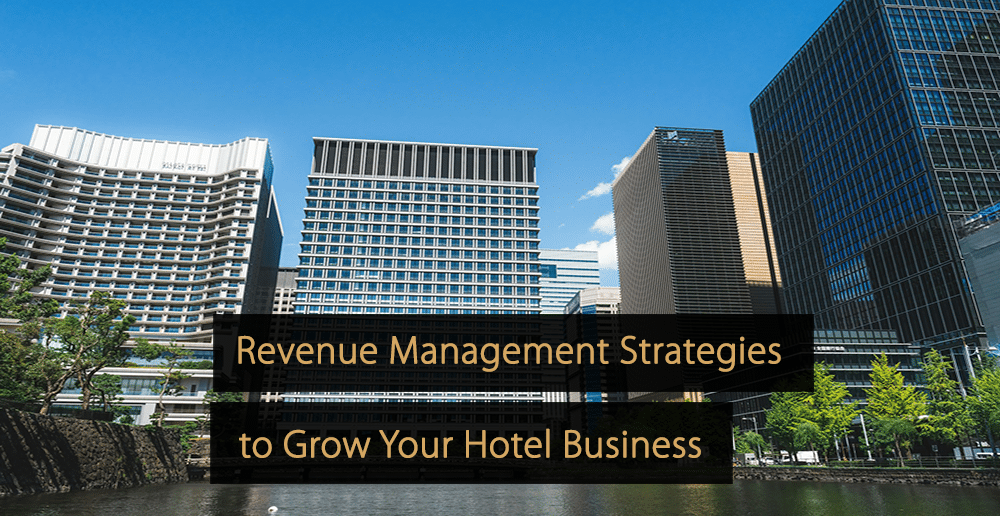Account Analytics is much more than most Sales Managers are currently equipped with, usually in an Excel sheet or PMS report: Room Nights, ADR, and Revenue per account. Understand how deeper Account Analytics across Corporate and Agency accounts can help your hotel’s commercial team analyze the entire segment of individual accounts and leverage the data for better commercial decisions.
What is Account Analytics?
Analyzing corporate and agency account data means going beyond the basics of an account’s production, as in a generic PMS report. Account Analytics helps you understand performance, behaviors, and trends linked to these key segments of your hotel’s customers.
By looking at various metrics, you can get a comprehensive picture of an account’s actual value beyond performance. Account Analytics is not just about monitoring performance and checking whether a company has achieved its contracted number of room nights.
It is also about transforming data into actionable insights and strategies that drive the overall growth of the hotel’s performance and ensure that your hotel meets customer expectations.
Account Analytics by Segments
Account analytics can be divided into two segments: a broad perspective and an individual account perspective. With these, you can identify performance drivers, uncover growth opportunities, and tailor your procedures and products to meet travelers’ nuanced needs.
1. The Benefits of Segment-Level Account Analytics
Analyzing the Corporate and Agency segments enables you to understand broader trends and patterns. This high-level view of the corporate or agency business helps you assess these partnerships’ overall health and potential. Key performance indicators (KPIs) like total revenue, net revenue, lead time, day-of-week patterns, and occupancy bands are crucial in this analysis to understand the dynamics you can steer your hotel toward benefitting.
2. Analyzing an Individual Account
While segment analysis provides a macro view, analyzing the business of individual accounts offers a micro perspective that is equally important and tactical. By evaluating individual Corporate and Agency accounts, you can build strategies that cater specifically to the needs and preferences of each client.
This is particularly relevant at times of contract (re)negotiation, but also, in general, understanding a client’s patterns can bring to light ways to monetize the relationship.
Why Is it Essential to Analyze Account Data?
A more thorough approach to Account Analytics enables your Sales Account Managers and broader commercial team to have a more detailed and accurate view of a customer’s business and the entire segment.
1. Enhance Customer Understanding
Account Analytics provides deep insights into the behaviors, preferences, and needs of accounts and their guests. How far out are they booking? Are they staying when my hotel is quiet or busy? Which room types are they booking? What are the stay patterns for the account?
2. Optimize Profitability
Detailed analysis of net revenue, total revenue, and occupancy band data (How busy is my hotel when an account drives business?); you can focus on your availability and contract conditions to drive a more profitable business. Which accounts have an opportunity to drive more business when my hotel is quiet? Which accounts use my ancillary services, such as spas, restaurants, and bars?
3. Improve Strategic Decision-Making
With segment-level account analytics, you can better understand how the entire segment performs and what trends are happening in the market. This helps you place your local production in the context of macro-trends, such as the corporate economic environment or the leisure travel market, to identify risks and opportunities. This will help you forecast trends and reallocate resources to target specific markets or accounts.
4. Competitive Differentiation
Many hotels provide specific services to key clients, particularly repeat guests from large corporate accounts. But is this part of your value proposition to the account, and are you leveraging available data to make the added value you provide tangible?
Think, for example, of being able to present a client with the percentage of their stayed room nights that you have upgraded without charge during a contract period or the percentage of their guests participating in your loyalty program. How do you motivate clients to award your hotel a larger share of their business than the competition?
What are the Key Metrics in Account Analytics?
Are you just getting started with data and analytics? Check out this checklist to set yourself up for success.
Here is a structure to guide you in analyzing an account’s performance.
Account analytics should be reviewed ideally monthly, quarterly at a minimum, to identify trends that would otherwise go unnoticed. For example, consider decreased Lead Time or increased bookings arriving on Sunday night instead of Monday.
Individual account analytics should be reviewed quarterly, and deep-dive analyses should be conducted before client meetings and, of course, the contract review and renewal.
Let’s look at key metrics to consider when analyzing a specific account:
- Production: This is the basic level that most hotels have incorporated into their processes. What did the account produce regarding Revenue, Room Nights, and ADR?
- Context: To assess how valuable the production of an account is and to position your hotel best in contract (re)negotiations, there is another level of data that will help you determine the desirability of the account:
- Average Length of Stay: Is this shorter/longer than the average for the segments and hotel?
- Lead Time: Contributes to the volatility and reliability of production. Longer lead times tend to correlate to more stable business production.
- Occupancy Bands: This is the winner in assessing any account’s value. Occupancy Bands tell you how busy your hotel is when the specific account produces Room Nights. Is the hotel generally quiet? Then, the business is likely much harder to replace than when the hotel is usually busy, and the account books their Room Nights. This should have a significant impact on your negotiation strategy with the account.
- Day of Week: Similar to Occupancy Bands, how precious is this account’s business booking? Analyze the pattern to see how it aligns with your business needs.
- Net Revenue: What acquisition costs are you paying for the account’s business? Travel Agent commission, GDS Passthrough Fees, CRS technology, and more should be considered to assess each account’s profit contribution and how it compares to the segment’s average and the hotel’s average.
- Total Revenue: Knowing which agencies and companies are more likely to bring guests who spend more on property in your outlets will help you drive your business’s total bottom line performance and take focus solely off ADR. Don’t forget to look at the Meetings & Events business booked by agencies and companies, which may provide more ancillary profit.
- Loyalty members: What percentage of an account’s guests are members of your loyalty program? What tiers do they belong to? This will help build a case with the account that their guests benefit from staying at your property and the extra value you provide to their guests over your competitors.
- Free Upgrades: What percentage of the account’s room nights were upgraded for free to higher room categories? Even if you are forced to upgrade guests, for example, due to room type overbookings, there is a lot of value for an account in seeing that you prioritize their guests in your upgrade procedures. It is the additional value you are delivering over what was agreed upon; this will, at worst, get you goodwill from the account and, at best, result in them shifting more business to your hotel.
What is the Outcome of Analyzing Your Accounts in More Detail?
When you understand the dynamics of your Corporate and Agency accounts segments’ performance, you can determine whether, in correlation to the other segments in your business, you should try to drive on containing these segments. Are they driving more profit or less total profit compared to other segments? Is their business easy or hard to replace? Are these segments potentially displacing businesses from more profitable segments?
At an individual account level, understanding the details around every account’s performance, behavior, and trends will help you:
- Determine during the year how accounts are producing, which accounts are ahead/behind on their commitments and/or goals
- Identify trends in specific accounts or industries regarding seasonality, days of week patterns, lead times, etc.
- Understand which accounts drive the most ancillary revenue and the best conversion to profit. This will help you focus on producing those accounts that contribute the most value to your hotel.
- Position your hotel assertively in the contract (re-)negotiations. You know your boundaries and the negotiation levers you have in the conversation with the client. You also clearly understand what extra value your business provides to the client; think of the loyalty membership of their guests and free upgrades awarded to bookings under their account.
What Would a Starting Point for an Account Analytics Dashboard look like?
Crucial is the functionality to filter by account and automatically aggregate separate accounts that belong to the same company or agency (think of individual accounts for a company’s various locations).
Some tools use AI to automatically aggregate the data for these businesses, allowing you to look at them aggregated and separated. You can combine Agency and Corporate Account Analytics in one dashboard, allowing you to analyze Agencies by Corporate account or choose separate dashboards.
Visualizations for Comprehensive Segment and Individual Account Analysis
To extract all the values described in this article from your data, you need a dashboard that includes the following data: Depending on your hotel, you may add or remove specific visualizations.
In this list, you will find all visualizations for a comprehensive analysis at segment and individual account levels.
- High-level business KPIs. Put your accounts’ business in the context of the overall performance of your hotel.
- Company and Agency Distribution charts, including Account Distribution-% and Rate Efficiency. These visualizations show you how reliant your business is on a small number of large accounts. Account Distribution tells you what percentage of your accounts generates 80% of your Corporate or Agency business – is there a low or a high risk of dependency?
- Company and Agency Breakdowns. Assess performance by Company and/or Agency. What are the most critical metrics for your hotel? Revenue, Room Nights, ADR, NetADR, Total Revenue, etc.
- Behavioral Breakdowns. See how the segments and/or individual accounts behave across Occupancy Bands (How busy is my hotel when the business is in-house?), Day of Week, Lead Time, and Length of Stay. A reverse filtering capability lets you see which corporate accounts bring you business when your hotel is between 0-60% occupied.
- Segments, channels, room types, and rate codes are further breakdowns for filtering and analysis. Are you looking to analyze only the Transient or Group business produced? Are you interested in creating a business from specific segments or seeing which accounts do the most business for your higher room categories?
- KPIs for Loyalty and Repeat Guest percentages. You will likely provide more value to loyal and returning guests, a clear selling point for companies and agencies bringing you business.
- KPIs for the percentage of Room Nights upgraded for free or paid for an upgrade. Show the incremental value you are bringing to your clients and understand which accounts’ guests are more willing to pay more for more value.
Image: Sample Account Analytics dashboard of Juyo Analytics.
In Conclusion
Account Analytics is not just about tracking numbers. It’s about using these numbers to make informed, strategic decisions to help you grow your hotel’s bottom line. As shifts in your hotel’s macro and meso-level markets continue, embracing analytics at segment and account levels is crucial to staying competitive, relevant, and innovative.
In the hospitality industry, where every detail counts, hotels leveraging Account Analytics can enhance operational efficiencies, drive more revenue and profit, and provide unmatched value to corporate and agency clients.
Free Checklist: Start Using Data in Your Hotel’s Decision-Making
Using data to power insights and decisions at your Hotel can position you for commercial success, help increase guest satisfaction, and reduce costs. This checklist provides a starting point for hoteliers new to data analytics in the hotel industry.
Click here to download the checklist “Start Using Data in Your Hotel’s Decision-Making“.
More Tips to Grow Your Business
Revfine.com is the leading knowledge platform for the hospitality and travel industry. Professionals use our insights, strategies, and actionable tips to get inspired, optimize revenue, innovate processes, and improve customer experience.Explore expert advice on management, marketing, revenue management, operations, software, and technology in our dedicated Hotel, Hospitality, and Travel & Tourism categories.









Leave A Comment